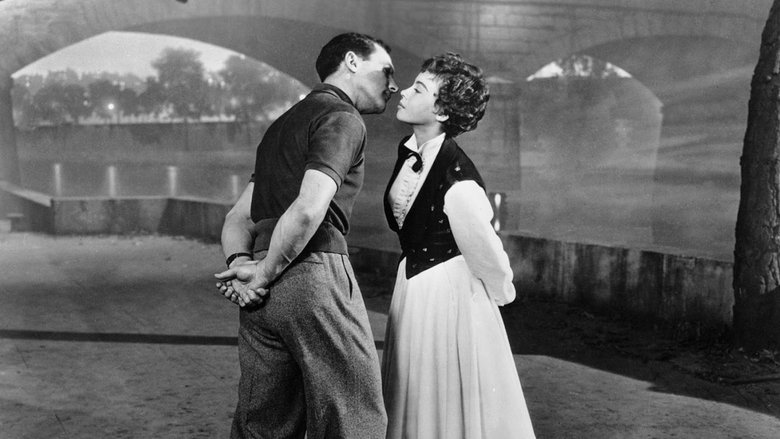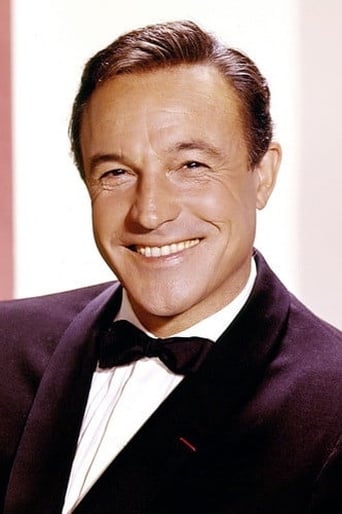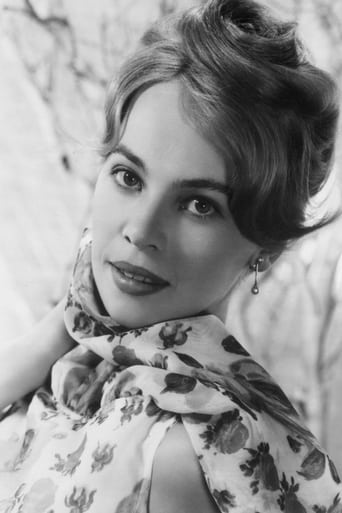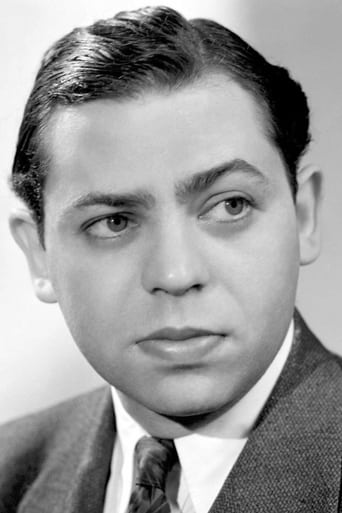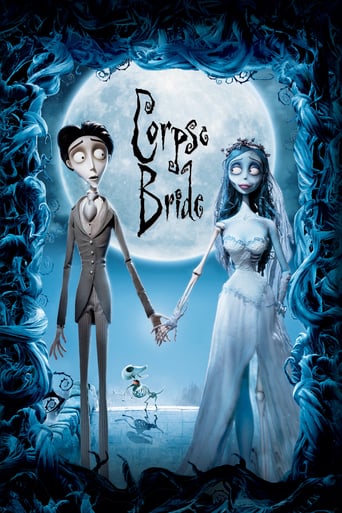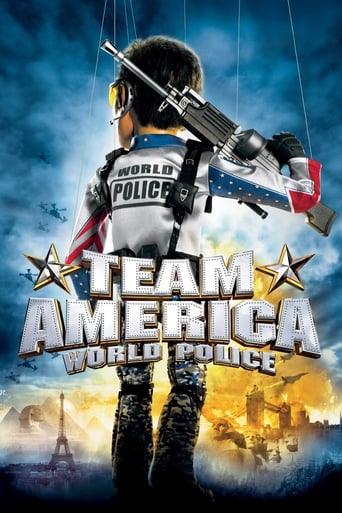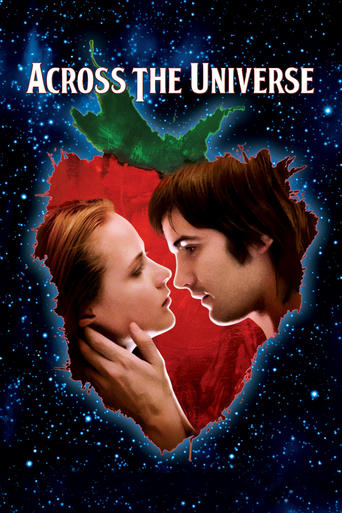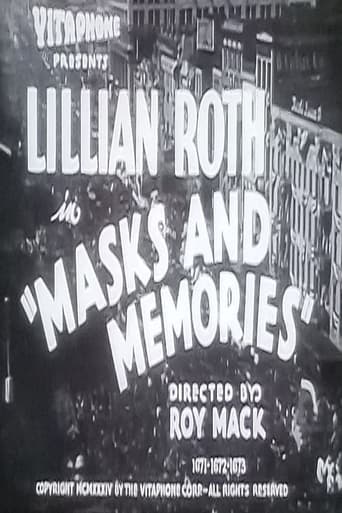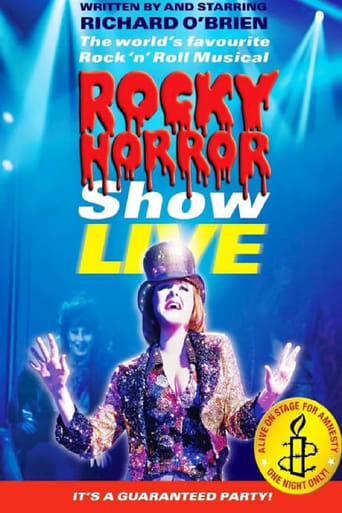An American in Paris (1951)
Jerry Mulligan is an exuberant American expatriate in Paris trying to make a reputation as a painter. His friend Adam is a struggling concert pianist who's a long time associate of a famous French singer, Henri Baurel. A lonely society woman, Milo Roberts, takes Jerry under her wing and supports him, but is interested in more than his art.
Watch Trailer
Cast


Similar titles
Reviews
Spoilers. Observations. Opinions. The long ballet is spectacular. Caron is quite young, and Kelly is long in the tooth and biologically old enough to be her father. This is her first film, I am told, and he is at the peak of his career. They pull off the ballet splendidly, however. Georges Guetary ALSO looks old for Caron in this film.Two old geezers competing for the hand of such a young, delicate flower? The creep factor enters in, here. As usual, Oscar Levant has no romantic inclinations, here. He is married to himself, his obnoxious cigarette and his mistress of a piano. I know! All of the young, hot Parisian men got killed in the war, or something like that. Kelly was born in 1912, and Caron in 1931. This makes him 19 years older than Caron. He wasn't such a veteran as he is made out to be, however, since his first film, I am told, was For Me and My Gal in support of hot-at-the-time Judy Garland in 1942 -- only nine years earlier. Previously, Kelly had been on stage in Pal Joey.Jack (Jacques?) Bouvier? Wasn't that the name of Jacqueline Bouvier Kennedy Onassis' father? Yes, Jackie's father was Black Jack Bouvier. The long ballet: I still like better the long ballet in The Red Shoes. It is very exotic and intriguing. Mayhap An American in Paris somehow copied some of that? Red Shoes was ALSO the film debut of ANOTHER young en-pointe female ballet dancer named Moira Shearer, I am told. I like Georges Guetary and Oscar Levant in this film, plus the older women dancers and older gentleman in the cafe near the beginning of this film. I like the colors and fashions in this film. I like all of the dancing policemen. Pirates of Penzance, anyone?I am a degreed historian, dancer, actress, singer, makeup artist, film critic and movie reviewer. My favorite films are always song and dance musicals.
Producer: Arthur Freed. Copyright 5 September 1951 by Loew's Inc. A Metro-Goldwyn-Mayer picture. New York opening at the Radio City Music Hall: 4 October 1951 (ran 7 weeks). U.S. release: 9 November 1951. U.K. release: 24 December 1951. Australian release: 2 April 1952. 10,204 feet. 113 minutes.NOTES: M-G-M production number: 1501. Negative cost: $2,723,903. Total worldwide rentals gross to 1975: $8,050,000. Initial domestic rentals gross: $4 million, which gave it the number 5 position at the U.S./Canadian box-office for 1952. When the film was being edited for release, some musical numbers were deleted and minor cuts were made to tighten the picture. Kelly was extremely sorry to see his favorite number eliminated. "I've Got a Crush on You" was a solo number to which he had given particular thought and attention. "Love Walked In" and "But Not for Me," both Guetary solos, were also taken out of the film. The former held up the tempo in the early part of the picture and the latter didn't play in the surrounding whirl of the Beaux Arts ball.Shooting from 1 August 1950 to 8 January 1951, with one day of re- takes on 2 April 1951.While Kelly was rehearsing the final ballet, Minnelli directed a sequel to his "Father of the Bride". On 6 December, when Minnelli came back to shoot the ballet, he brought with him John Alton, his cameraman on that sequel, namely "Father's Little Dividend". "I regretted that I hadn't had him for the whole film," Minnelli later stated. "I think he is one of the greatest cameramen that I have ever worked with. Alton is very flexible; he doesn't have a set mind like Gilks had, and he is capable of modifying his lights according to the director's preferences." This was Alton's first Technicolor assignment. But even so, he had very definite ideas as to how to bring about certain color effects. Many of Alton's fellow cameramen believed that it was impossible to shoot the ballet the way he did: shooting directly into a light, or using less than the minimum of light deemed necessary for a good negative. There was also a row with the electricians, who strongly objected to Alton's procedures. Instead of flooding the set with sixty lights, Alton would use only three or four. COMMENT: Unlike every other movie studio in the entire world, M-G-M really hated newspaper critics. Give an M-G-M movie a bad review and they'd suspend your press privileges for a week, a month or even a year. They black-balled me on any number of occasions. I was never permitted to review this film, for example, so I am forced to rely on the excellent Warner DVD. All the same I do remember very distinctly how disappointed I felt when I finally saw the film.Admittedly, the film was handicapped for me by the presence of Gene Kelly himself. I concede that he is a brilliant (if extremely flashy) choreographer, an amazingly adroit dancer and an equally imaginative director, but as a singer he is weak and as an actor he often displays many of the least likable aspects of the American character: his brash, aggressive manner, his supreme self- confidence, his boastfulness and perhaps above all, his ingrained belief that the world owes him deference simply because he is an American. Unfortunately, these traits are in great evidence in "An American In Paris". Lacking sympathy for the central character, it is easy to see why the film failed to fully engage my attention when I finally caught up with it in 1971. I was not happy with the supporting characters either. As a singer, Georges Guetary belongs to the florid school, and as a personality, he did not come across at all. And I much preferred glamorous Nina Foch (who is supposed to be the unsympathetic character) to gamin Leslie Caron (who is supposed to be the heroine). At least Oscar Levant is his usual amusing screen self.The plot is slight and all-too-familiar but some of the songs are very catchy. On the other hand, I have never cared for the music of "An American in Paris," which seems to me to be strident, forced, lacking in harmony and melody. What impressed me most about the film in 1971 was its glittering color photography, its sumptuous sets and its dazzling costumes. I have no doubt that "An American In Paris" fully deserved the Hollywood awards it won in these departments.
I watched this without single blink, it was pure 10/10. And then, when story line was near its natural end, endless train of dancing acts with no sense or connection to the story (at least I did not get it) started and lasted for about 20 minutes. Feeling was the same as when TV station breaks the movie at its peak to annoy you with long set of commercials. I caught myself thinking about other things while checking my nails and taking a look at the clock for the first time since movie started. It completely destroyed the magic. And then in some review I saw this: "One of the film's highlights is its impressive finale - an ambitious, colorful, imaginative, 13 minute avant-garde "dream ballet" costing a half million dollars to produce." - they could spend that money smarter. "The pretentious sequence, featuring an Impressionistic period daydream in the style of various painters, is one of the longest uninterrupted dance sequences of any Hollywood film." - and with this one I completely agree. If I ever decide to watch this again, I'll find version with this crap cut off. I bet someone already did it and posted it somewhere.
AN American IN Paris is very scenic and lavish musical. The film is amusing work that characterized stylized direction, luxurious and precisely choreographed dance routines and a good mood and dancing actors. The dance scenes, which take place in the scenery shaped by known artistic masterpieces of famous visual artists such as Van Gogh, Manet, Renoir, Utrillo and Toulouse-Lautrec, use the processed song of George Gershwin.The film is full of dance and song. The development and characterization is practically nonexistent. Even the romance did not get a chance, but through dance and song. Set design exudes a freshness and an explosion of color. The final scene of the ballet offers a deep and lasting impression in the film. Although, I have seen and much better music films. This is a movie about the dancing and lilt American, which is full of some strange extravagance, rich lady who is trying to buy the love of young and talented artists, pianists who experiences of scholarship, and here and there may be an ironic friend and seemingly unattractive and the dancing Parisian girl who captivates with cute face, a beautiful smile and a slight movement.To me, this is not enough. However, I felt the charm and magic, especially the last twenty minutes of the film. I have at times been enthusiastic, but mostly I was bored. I enjoyed mostly the music of George Gershwin.


